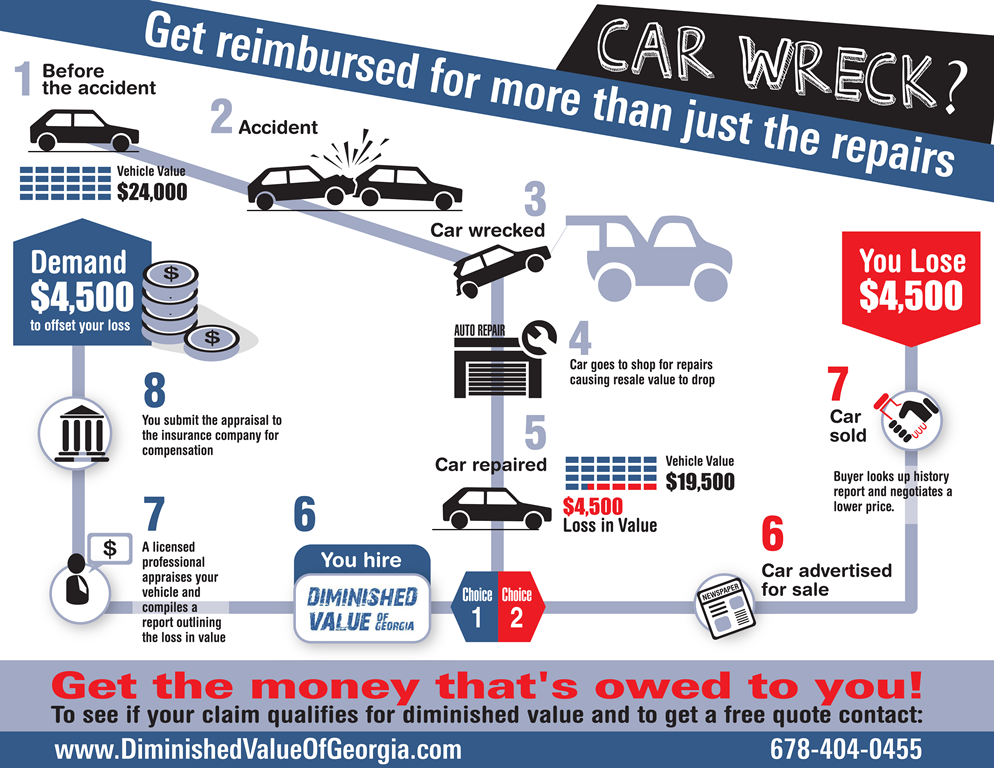Comprehending The Definition Behind Your Car'S Warning Lighting: A Comprehensive Look
Comprehending The Definition Behind Your Car'S Warning Lighting: A Comprehensive Look
Blog Article
Web Content Written By-Termansen Alvarado
When you're behind the wheel, those glowing warning lights on your control panel can be a bit complicated. Do you know what they're trying to inform you concerning your cars and truck's wellness? Comprehending the importance of these lights is important for your safety and security and the durability of your car. So, the following time among those lights turns up, wouldn't you want to decipher its message properly and take the essential actions to resolve it?
Common Warning Lights and Interpretations
Determine typical caution lights in your vehicle and understand their meanings to ensure risk-free driving.
One of the most normal warning lights include the check engine light, which signals concerns with the engine or exhausts system. If this light comes on, it's important to have your automobile examined immediately.
The oil stress advising light indicates reduced oil pressure, calling for immediate interest to avoid engine damages.
A blinking battery light might suggest a faulty billing system, potentially leaving you stranded if not dealt with.
The tire stress monitoring system (TPMS) light alerts you to low tire stress, impacting automobile security and fuel efficiency. Overlooking this can result in risky driving conditions.
The abdominal light suggests a trouble with the anti-lock braking system, jeopardizing your capability to quit rapidly in emergencies.
Finally, the coolant temperature cautioning light warns of engine overheating, which can cause extreme damages if not resolved promptly.
Understanding these typical warning lights will aid you deal with issues immediately and preserve risk-free driving problems.
Relevance of Prompt Focus
Comprehending the common caution lights in your vehicle is only the very first step; the relevance of immediately resolving these cautions can not be highlighted sufficient to guarantee your safety and security when driving.
When mouse click the next internet page brightens on your control panel, it's your auto's means of communicating a potential problem that requires interest. Disregarding these cautions can result in more severe troubles down the road, compromising your security and potentially costing you extra in repairs.
Prompt interest to advising lights can avoid malfunctions and crashes. As an example, a blinking check engine light can show a misfire that, if left unattended, can trigger damage to the catalytic converter. Addressing this immediately can save you from a pricey repair service.
In a similar way, a brake system advising light might indicate low brake liquid or used brake pads, crucial parts for your safety when driving.
DIY Troubleshooting Tips
If you notice a caution light on your control panel, there are a few do it yourself troubleshooting ideas you can try before seeking expert help.
The very first step is to consult your car's handbook to understand what the specific warning light shows. Sometimes the issue can be as basic as a loose gas cap triggering the check engine light. Tightening up car coating might deal with the trouble.
https://cheap-oil-change-near-me17394.blog2news.com/31792979/are-you-pondering-the-value-of-vehicle-describing-in-relation-to-your-automobile-s-resale-worth is a reduced battery, which can cause numerous advising lights. Examining the battery connections for corrosion and guaranteeing they're safe may take care of the problem.
If a caution light continues, you can try resetting it by detaching the car's battery for a couple of minutes and then reconnecting it. In addition, examining your car's fluid degrees, such as oil, coolant, and brake fluid, can help fix advising lights related to these systems.
Final thought
In conclusion, comprehending your vehicle's caution lights is important for keeping your vehicle running efficiently and safely. By quickly dealing with these informs and knowing what they imply, you can stay clear of expensive fixings and prospective breakdowns.
Remember to consult your car's guidebook for certain information on each warning light and act accordingly to make sure a trouble-free driving experience.
Remain educated, remain risk-free when driving!
